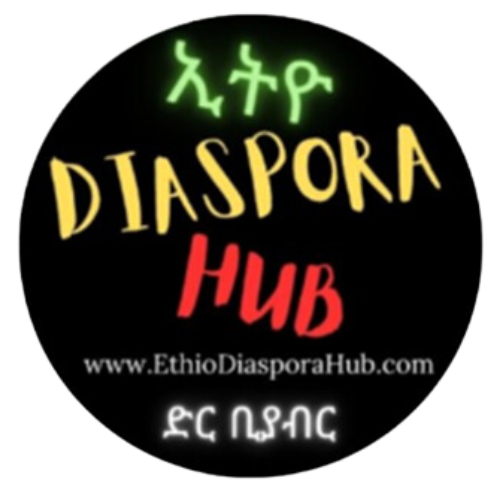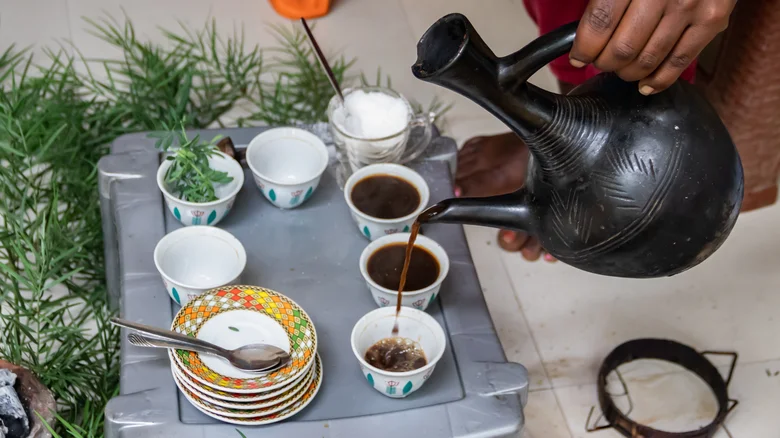If you’re going to be drinking coffee in Ethiopia, it isn’t a “let’s grab a cold brew on the way” affair. Prepare to set aside at least an hour for a proper tasting — although it can last as long as three hours, and leave sippers loaded on a whopping nine cups of coffee every single day. But, the practice isn’t about slammin’ bevys. When it comes to complex, layered Ethiopian coffee, it’s as much about the aroma as it is about the flavor.
To begin the Ethiopian Coffee Ceremony (buna tetu), the room is filled with fragrant burning incense, commonly frankincense and myrrh, and a round-bottomed black clay coffee pot called a jebena is filled with water and placed over hot coals to boil. Then, raw, green coffee beans are cleaned and roasted in a menkeshkesh clay tray. As the beans roast, the aroma fills the room alongside the incense smoke for a sensory smorgasbord.
From there, the roasted beans are ground by hand using a mukecha wooden bowl and a zenezena, a blunt metal stick. The freshly-ground coffee is added to the boiling water in the jebena, similar to the ibriks of Turkish coffee (another beverage to be enjoyed slowly with good company). Ethiopian coffee is served straight from the jebena in which it was brewed, and the grounds don’t get strained out. The coffee is brought to the nose for a deep inhale on every slow sip from the small sini cups.



No Comment Found.